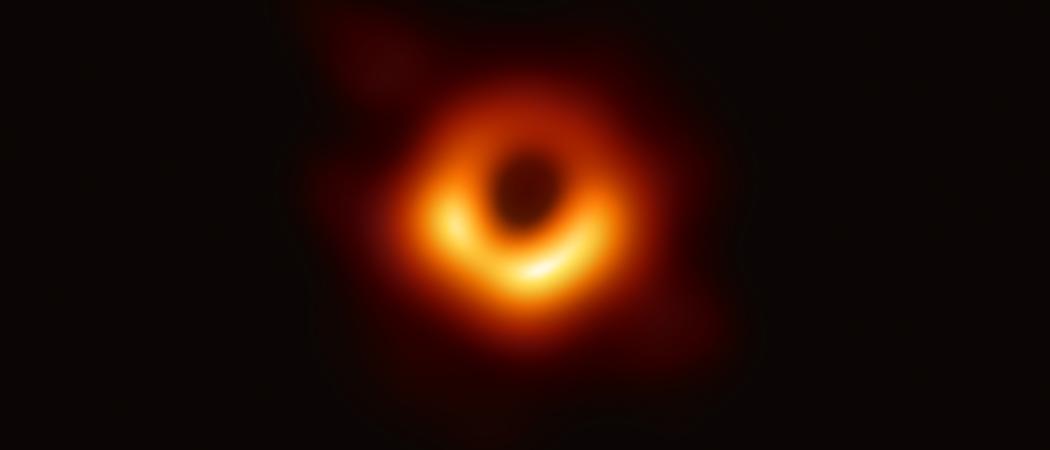The project processed more data than any other experiment in history to create an image of the event horizon, the boundary of a black hole, where intense gravity distorts time and space

Scientists funded by the European Research Council (ERC) have pulled off the spectacular feat of imaging a black hole, finally confirming the existence of a phenomenon, which though widely accepted, has never been directly observed before.
The image, captured by the Event Horizon Telescope, an array of eight radiotelescopes located around the world, is proof of one of the fundamental predictions of Albert Einstein’s theory of general relativity.
The black hole in the image, at the centre of Messier 87 galaxy, is 55 million light years from the earth and has a mass 6.5 million times that of the sun. ‘Hole’ is a misnomer: in fact black holes consist of the densest concentrations of matter possible. They cannot be imaged directly because no light can escape from them: what the image shows is the edge, or event horizon, of the hole.
“What you are looking at is the ring of fire created by the deformation of space time,” said Heino Falcke, professor of radiophysics at Radboud University in the Netherlands, who first proposed it would be possible to link up earth-based radiotelescopes to image a black hole. “Light goes around, and it looks like a circle.”
The image was released on Wednesday at six simultaneous press conferences around the world, including one at European Commission headquarters in Brussels. EU research commissioner Carlos Moedas said the first photograph of a black hole was the “pinnacle” of his term and he had “not been this excited” since taking office.
The ERC provided a total of €44.3 million over the last 15 years to the Event Horizon Telescope. Other EU national governments, including the Netherlands and Sweden, and the US, Canada, Mexico, Japan, and Taiwan also contributed.
Coordinating the eight observatories and pointing them all at Messier 87 over five nights in 2017, formed a virtual earth-sized telescope with unprecedented sensitivity and resolution.
Each of the eight observatories collected more data over the five nights than CERN’s Large Hadron Collider does in a year. It took two years to combine and process the data at the Max Planck Institute for Radioastronomy and the Massachusetts Institute of Technology’s Haystack Laboratory.
The EU contributions to the Event Horizon Telescope came from Horizon 2020, the current research programme, and Framework Programme 7, its predecessor. The money was divided into €14 million for the BlackHoleCam project, which is the European component of the Event Horizon Telescope consortium, and €30.3 million for the RadioNet project, which provided some of the infrastructure for the Event Horizon Telescope.





 A unique international forum for public research organisations and companies to connect their external engagement with strategic interests around their R&D system.
A unique international forum for public research organisations and companies to connect their external engagement with strategic interests around their R&D system.